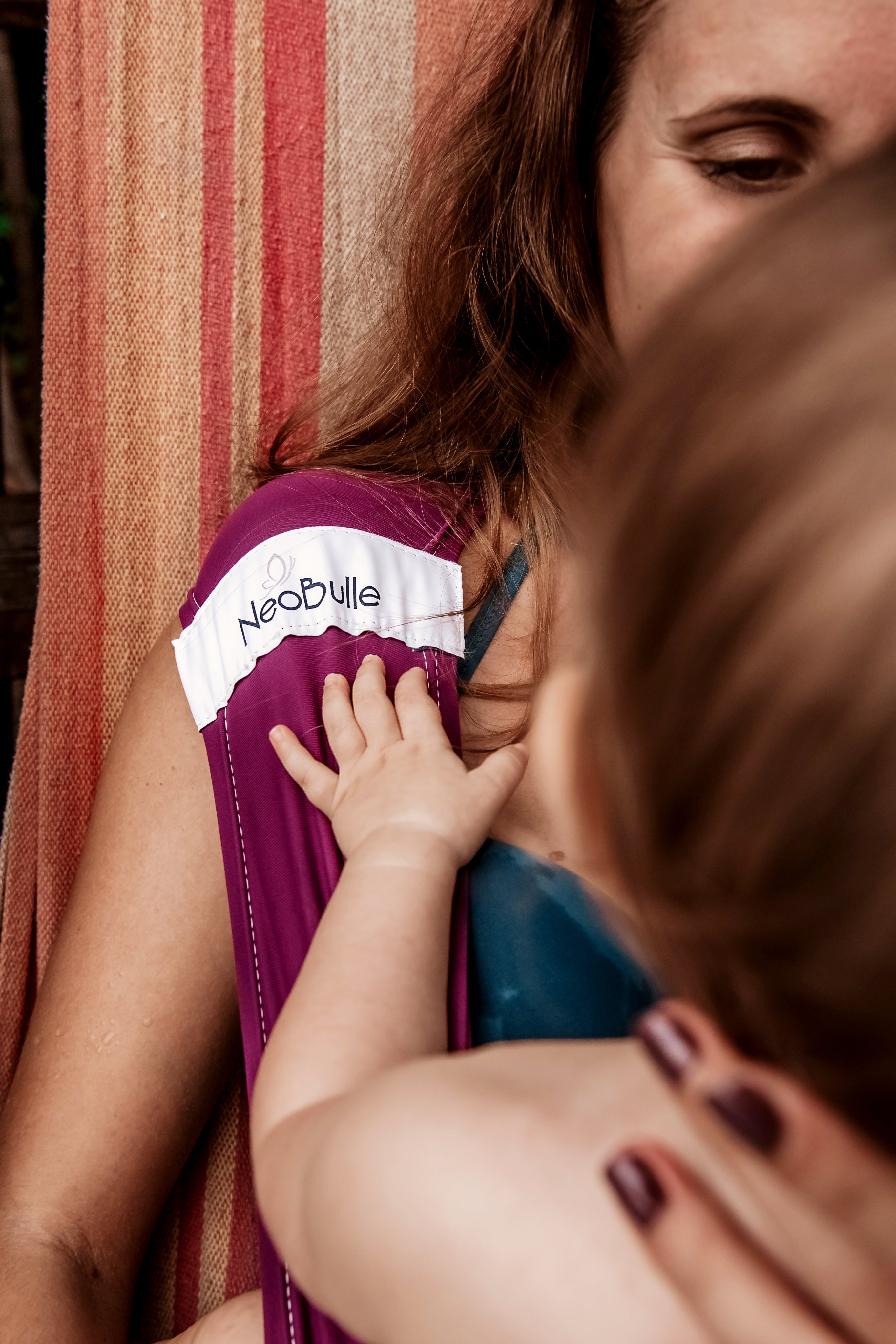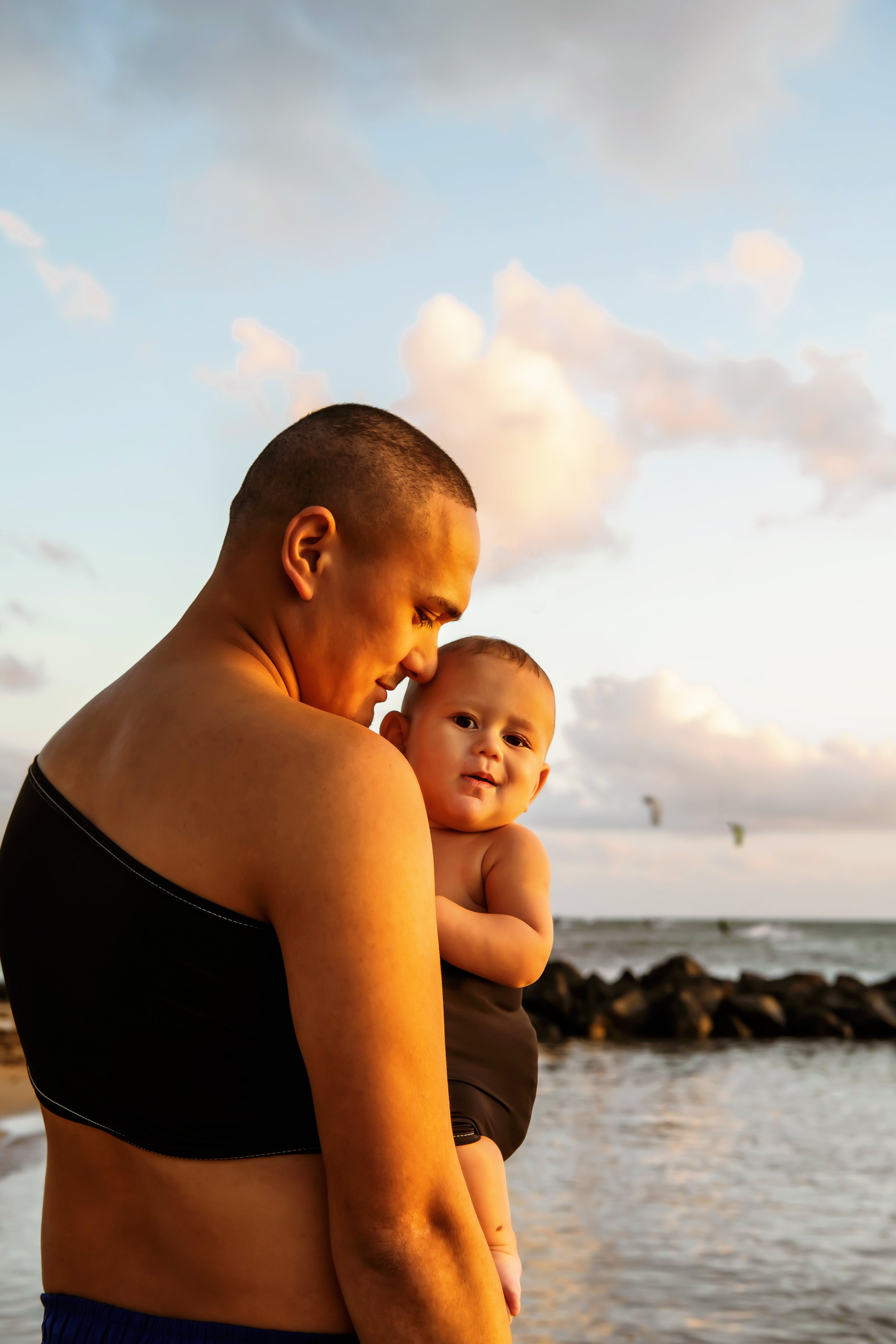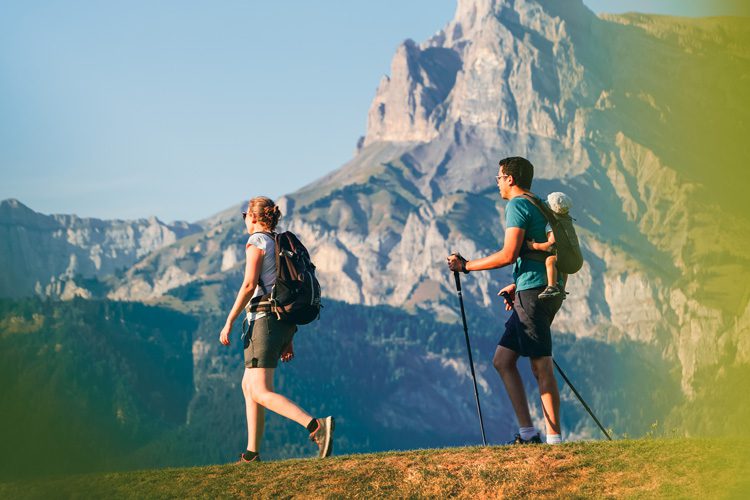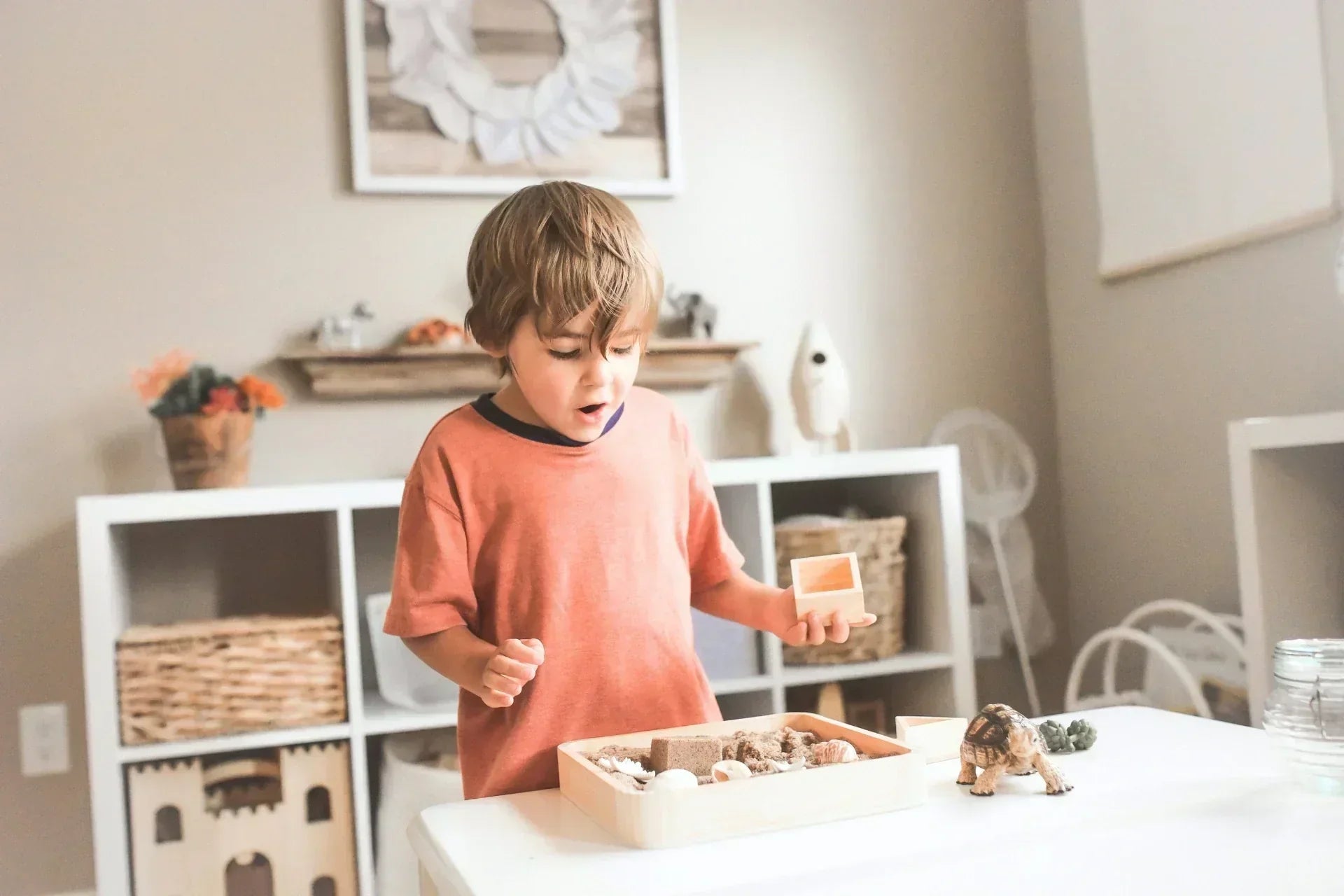The nice days are coming, and with them the prospect of beautiful walks with your baby. It goes without saying that since a stroller is not particularly suitable for scrambling in the middle of the forest (some have tried but did not repeat), carrying your baby is highly recommended to make the experience enjoyable!
So yes to carrying, but how, with what, are there any specific recommendations? Let us serve as your guide and let's go on an adventure together.

1st step: safety
As with any respectable adventure, it is good practice for the guide to detail the safety rules to incorporate so that the hike takes place under the best possible conditions.
Good condition equipment: this seems obvious but it’s always good to point out! Besides the risk of injury from faulty equipment, no one wants to end up carrying their baby in their arms for 5 km during a hike.
A well-chosen schedule: in hot weather, prefer the times when it’s coolest, for example in the morning. Coincidentally, the child who acts as your new alarm clock is naturally programmed to wake up very (too) early and allows you to enjoy beautiful sunrises. Generally speaking, avoid routes in direct sunlight at 2 pm, even with good protection, the risk of heatstroke for your baby remains significant.
An adjusted itinerary: for the ascent of Mont Blanc, baby must unfortunately grow a bit! More seriously, very long trips can sometimes become boring for children who may become less cooperative after a while. Opt for short enough circuits, which can be done in half a day, for example, allowing you to take your time to enjoy and make all necessary breaks. The route should also be practicable; overly steep or rugged terrains increase the risk of falls and are less suitable for carrying.
Regular breaks: speaking of breaks, we invite you to take small pauses regularly to hydrate your baby, check that everything is OK for him, etc.
Appropriate clothing: hat and sunglasses are essential! And a good layer of sunscreen as well. Favor light and comfortable clothing, and still bring a small jacket in your bag in case you pass through a slightly cooler forest.
Back carrying: last but not least, it is highly recommended to avoid front carrying when the terrain is uneven. Indeed, the risk of falling is increased, especially since a baby affects your balance and obstructs your field of vision, preventing you from clearly seeing the stones and roots to step over.
It goes without saying that these recommendations are only supplementary to the general safety rules already mentioned, especially regarding clear respiratory pathways.
2nd step: the baby carrier
With safety ensured, we can now focus on choosing the actual carrying system. We have already mentioned it in another article (link to the 10 mistakes), the baby carrier must adapt to your needs and not the other way around, and it is essential here that you feel comfortable with your equipment so that the hike does not turn into a nightmare.
When talking about hikes with children, one immediately visualizes large baby carriers with frames and lots of pockets. In reality, these carriers are not very relevant to use, and for several reasons:< /p>
- They are not suitable for the youngest children who cannot stand well
- They rarely allow the child to be comfortably seated (generally non-physiological, either the legs hang down or the child is sitting but without anything to contain him when he falls asleep)
- They are abominably uncomfortable: when carrying a hiking backpack, we make sure to place the heaviest elements at the bottom of the bag and as close to your back as possible. Here, you place 2 water packs at the top of the bag, flailing around and far from you!
- Options sold with sun-shade types are rendered obsolete by good practices, which involve avoiding being in direct sunlight and using a hat and sunglasses.

Since this solution is ruled out, the final choice will actually depend on a simple question: do you have a child who walks?
Non-walking child:
In this case, your baby will be carried throughout the hike. Comfort is therefore paramount! You can use the equipment you are used to carrying with and feel most comfortable with on a daily basis: a sling or mei-tai, for example, can be perfectly suitable. Once installed, you will hardly touch it again.
Walking child:
This scenario involves the legendary cooperation of the toddler. Like Schrödinger's cat, which is both alive and dead in its box, Schrödinger’s toddler is both too tired to walk but too determined to be carried. Besides wanting to go right when you want to go left, he walks 100 meters, collapses from exhaustion demanding to be carried, then 100 meters further, marvels at a butterfly and wants to walk again, only to collapse 100 meters later and demand to be carried, then pick up a dead leaf 100 meters further and walk again…
Immediately put away this carrying sling with which you might quickly end up tying it to a tree, and grab a preformed baby carrier
! The latter remains clipped to your waist, and your toddler will be free to climb up and down as they wish without requiring too much manipulation on your part. Well secured against you, the carrying times will remain pleasant for both him and you.
3rd step: additional equipment
You have the baby, the baby carrier, drinks, hat, sunglasses, and sunscreen, you're ready to go.
We suggest you pack in your snack bag for your little one: cookies for an older child, a pre-filled bottle for a younger non-buttered, fresh air makes them hungry and they might feel hungry sooner than usual.
You can also pack a small first aid kit with bandages, disinfectant, and an insect-repellent stick
Our excursion is over, you now have all the basics to go hiking peacefully with your children! Now, just enjoy these beautiful moments shared with family.





